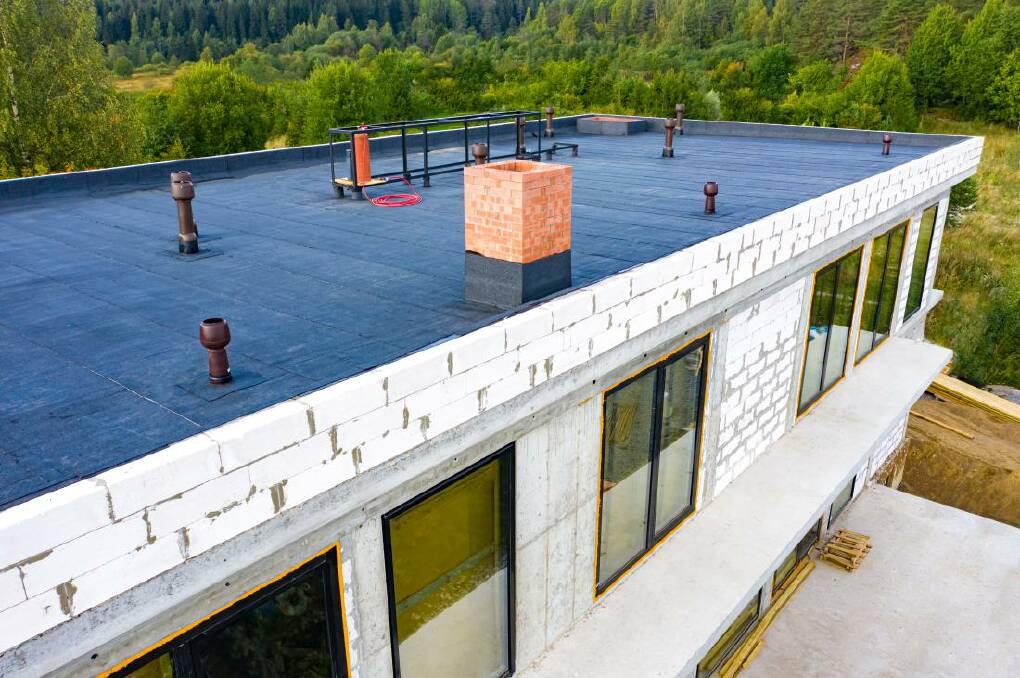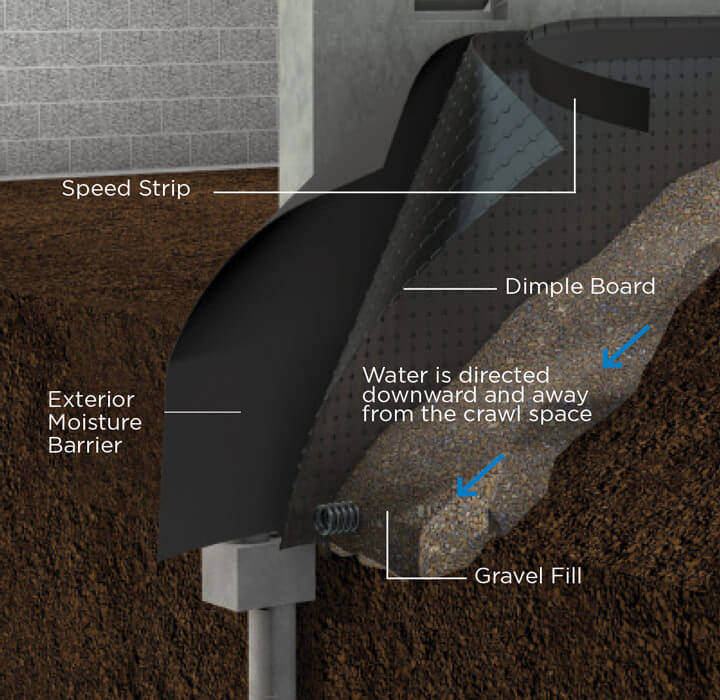The Definitive Guide to Waterproofing Auckland
4 Easy Facts About Waterproofing Auckland Explained
Table of ContentsHow Waterproofing Auckland can Save You Time, Stress, and Money.What Does Waterproofing Auckland Mean?Getting My Waterproofing Auckland To WorkWaterproofing Auckland Things To Know Before You Get ThisTop Guidelines Of Waterproofing AucklandGetting My Waterproofing Auckland To Work
Waterproofing buildings is the method of creating an obstacle over surfaces of foundations, roofs, walls and also various other structural members of structures to protect against water infiltrations with these surfaces. In summary, building surface areas are made water-resistant and waterproof. Study has actually shown that waterproofing just represents 1% of a building's construction prices yet when neglected, it can be responsible for almost 90% of the damages.
You require to make sure that you obtain the best kinds of waterproofing materials for your special needs. These are easily available from vendors of stonework products like, and also they're easy to mix and also apply.
Polyurethane liquid membrane method of waterproofing is generally made use of for the flat roofing system location and subjected to weathering. This sort of waterproofing product is very conscious dampness content present. Consequently, before application, it is important to be added mindful in assessing the dampness content of the concrete slab, otherwise peeling off or de-bonding of membrane layers might happen after some time.
It provides a lot more adaptability than the cementitious kinds of waterproofing. At the end of the day, there are many distinct sorts of waterproofing materials in the marketplace. Some are extra reliable than others. With this in mind, it is essential to know that not all of them are equal. You must take some time to find out which one is going to work best for your individualistic task needs.
A Biased View of Waterproofing Auckland
Just how does basement waterproofing work? Inside basement waterproofing functions by dealing with water infiltration where it manifests itself inside your home.

Outside basement waterproofing techniques minimize this pressure by rerouting water right into a gravel-covered footing drainpipe, which brings it away from your home. While both approaches of cellar waterproofing work well, they fix the trouble in different ways. Inside basement waterproofing remains a preferred choice because of its relatively small cost point, while outside basement waterproofing works for home owners that prefer to stay clear of interior building and construction work.
Call us today to read more about the basement waterproofing work we conduct for Georgia property owners.
Our Waterproofing Auckland Statements
It is necessary to water resistant your residence. Interior areas of our home have to be kept dry from roofing to cellar. Waterproofing the house prior to construction will prevent these troubles. If you water-proof your home, it will avoid damages later on. gale infiltration. Such troubles will require an expert as well as some fundamental expertise concerning the trouble and also solutions to it.
y. It helps in reducing humidity inside read this post here your home and thereby protects points inside your residence from damages triggered because of humidity or water exposure. It is also vital for the honesty of the structure. Depending upon the level of water damage or proprietor choice, waterproofing systems can be set up indoors or outdoors.
Initially, the poly acrylic chemical service is prepared which is used to secure the breakage or leakage on the wall surface as well as terrace which will certainly be a strong waterproof base along with secure and maintain the stamina of any framework. This is done by an extremely trained expert team. You require to see to it that high-quality items are used for the treatment.
The final action is to put 2 coats of poly acrylic chemical with white concrete externally. is ideal for buildings and structures that are already having leak or damages as well as for new frameworks to avoid leakage in future. This procedure helps in preserving the life and also high quality of the structure and makes sure that there is no damages to the building due to the fact that of the rains.
Not known Incorrect Statements About Waterproofing Auckland

Apply a thick concrete slurry over the surface of the piece. Apply 1:1 -:3 metal display coat. Treat this layer for at least 7 days, by putting wet gunny bags on it. Over this layer, use a completing coat with cement sand mortar 1:4 and also water-proofing compound based on the design.
Add shade pigments such as red, environment-friendly, etc according to the need for an web link appealing coating. Make an edge between the parapet as well as the sloping piece on the 2nd day. Cure this waterproofing for fifteen days, with wet gunny bags topped it. Constant watering is required on a sloping slab.
The Facts About Waterproofing Auckland Uncovered
Keep the break joint pattern while taking care of the Shahabad tiles for the base. After dealing with the Shahabad ceramic tiles, grout the joints with concrete slurry totally. Seal the joints between the Shahabad floor tiles with the assistance of C.M.
For the basement, cellar provision of arrangement and sump as well as made in P.C.C. itself and Shahabad base is also prepared additionally the same fashion.
Waterproofing Auckland Can Be Fun For Anyone
loaded with concrete slurry Read More Here and say goodbye to slurry is soaked up. Cure it for at least 7 days, a minimum of 10 times a day. After treating, provide the final jointless water resistant plaster layer in C.M. 1:4 over the harsh Shahabad. The entire process pointed out above kinds a box around the structure as well as does not enable any kind of water to seep through or leak from the cellar.